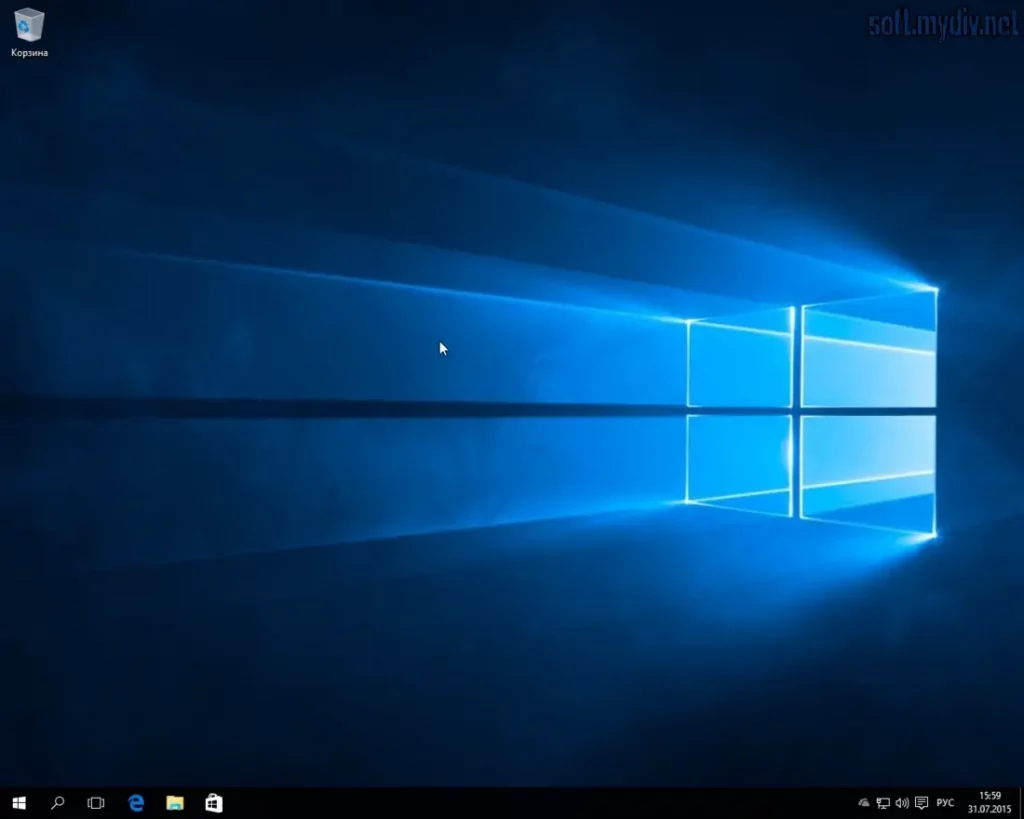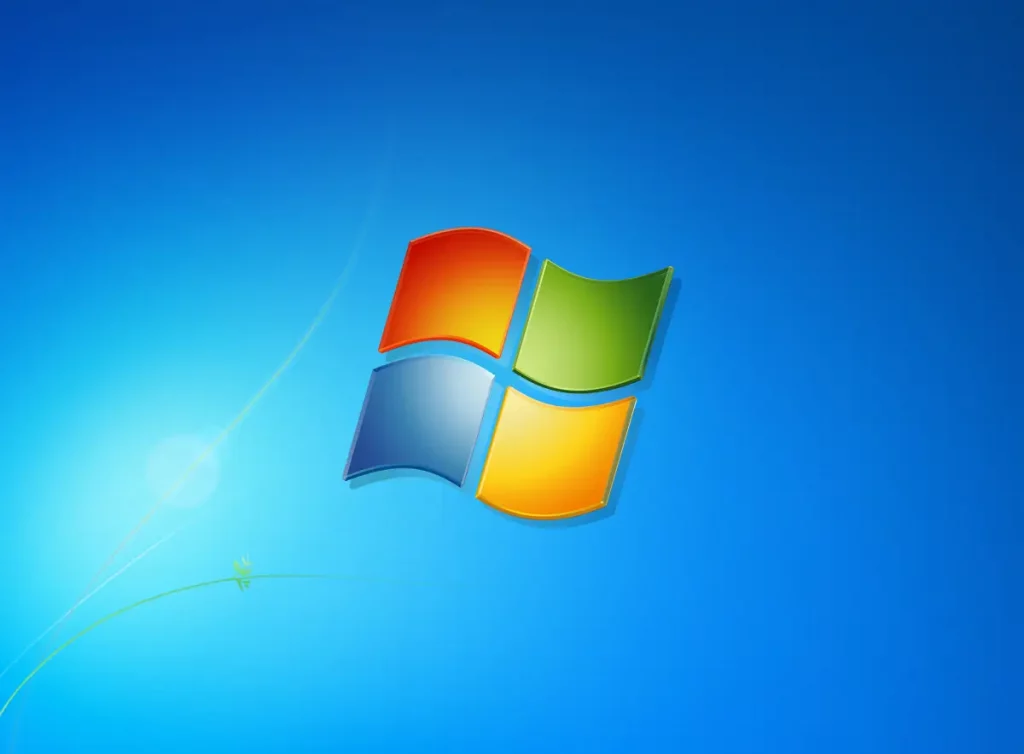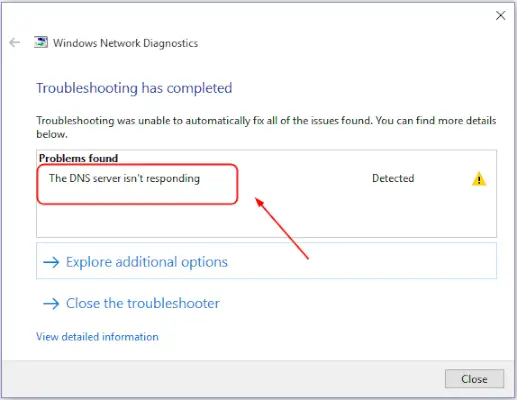If you’ve encountered the dreaded getting Windows ready stuck message, you’re not alone. This issue can be frustrating and may leave your computer seemingly frozen for a long time. In this comprehensive guide, we will explore various methods to resolve this problem and prevent it from occurring in the future.
Understanding the ‘Getting Windows Ready’ Message
The ‘Getting Windows ready, Don’t turn off your computer’ message typically appears during a Windows update. It’s a standard part of the update process where Windows finalizes configurations and prepares your system to boot normally. However, sometimes the process can get stuck, causing the message to display for an extended period.
Why Does the ‘Getting Windows Ready’ Issue Occur?
The getting Windows ready stuck issue can be caused by several factors, including:
- Slow or corrupted updates
- Hardware incompatibilities
- Software conflicts
- Insufficient disk space or memory
- Malware or system errors
Understanding these causes is the first step in troubleshooting and fixing the problem.
Immediate Solutions to Fix the ‘Getting Windows Ready’ Stuck Issue
If your computer has been stuck on the getting Windows ready screen for more than 30 minutes, it’s time to take action. Below are some immediate solutions you can try.
Solution 1: Wait it Out
While it may be frustrating, sometimes the best solution is to wait. Windows updates can take a long time, especially if there are many updates or your system is slow. Give it at least an hour before trying other solutions.
Solution 2: Perform a Hard Reboot
If waiting doesn’t help, perform a hard reboot. Press and hold the power button for 10 seconds to force your computer to shut down. Then, power it back on and see if the issue persists.
Solution 3: Boot into Safe Mode
If the problem continues after a reboot, try booting into Safe Mode. Safe Mode starts Windows with a minimal set of drivers and services, which can help you troubleshoot the issue.
- Restart your computer and press the F8 key (or Shift + F8) before the Windows logo appears.
- Select “Safe Mode” from the Advanced Boot Options menu.
- Once in Safe Mode, try running Windows Update or perform a system restore.
Advanced Troubleshooting Techniques
If the basic solutions don’t work, more advanced troubleshooting may be required. Here are some methods to fix the getting Windows ready stuck issue.
Solution 4: Run System File Checker (SFC) and DISM Tools
Corrupted system files can cause Windows updates to get stuck. Running the System File Checker (SFC) and Deployment Imaging Service and Management Tool (DISM) can help fix these issues.
- Boot your computer into Safe Mode.
- Open Command Prompt as Administrator.
- Type
sfc /scannowand press Enter. Wait for the scan to complete. - Next, type
DISM /Online /Cleanup-Image /RestoreHealthand press Enter. This will repair any corrupted system image files. - Reboot your computer and check if the problem is resolved.
Solution 5: Use System Restore
System Restore can revert your system to a previous state before the issue occurred. This can be an effective way to fix the getting Windows ready stuck problem if it was caused by a recent update or software installation.
- Boot your computer into Safe Mode.
- Search for “System Restore” in the Start menu and open it.
- Select a restore point from before the issue began and follow the on-screen instructions.
- After the restore process is complete, restart your computer.
Preventing the ‘Getting Windows Ready’ Stuck Issue
Once you’ve resolved the issue, it’s important to take steps to prevent it from happening again. Here are some tips to help you avoid getting stuck on the getting Windows ready screen in the future.
Tip 1: Keep Your System Updated
Regularly update your system to ensure it has the latest patches and updates. This can help prevent issues with Windows Update.
Tip 2: Free Up Disk Space
Make sure you have enough disk space available before installing updates. Low disk space can cause updates to fail or take longer than usual.
Tip 3: Check for Hardware Issues
Ensure all your hardware is functioning correctly and is compatible with your version of Windows. Faulty hardware can cause update issues.
Tip 4: Disable Non-Essential Startup Programs
Too many startup programs can slow down your system and cause issues during updates. Disable non-essential programs to improve your computer’s performance.
Common Questions and Answers
Here are some frequently asked questions about the getting Windows ready stuck issue.
1. How long should I wait on the ‘Getting Windows ready’ screen?
It’s recommended to wait at least an hour before attempting any fixes. However, if the process takes significantly longer, you may need to troubleshoot the issue.
2. Can I turn off my computer during ‘Getting Windows ready’?
Turning off your computer during this process can cause further issues, such as corrupting your operating system. It’s best to wait or follow the troubleshooting steps mentioned above.
3. Why does the ‘Getting Windows ready’ screen take so long?
Several factors can cause the screen to take longer than expected, including slow updates, hardware issues, or insufficient system resources. Addressing these factors can help reduce the wait time.
Table: Common Causes and Solutions for ‘Getting Windows Ready Stuck’ Issue
| Cause | Solution |
|---|---|
| Slow or Corrupted Updates | Wait it out or reboot your computer. |
| Hardware Incompatibilities | Check for hardware issues and update drivers. |
| Software Conflicts | Boot into Safe Mode and troubleshoot software. |
| Insufficient Disk Space | Free up disk space before updating. |
| Malware or System Errors | Run antivirus scans and use SFC/DISM tools. |
Dealing with a getting Windows ready stuck issue can be frustrating, but with the right approach, you can resolve it and get your computer running smoothly again. By following the troubleshooting steps and preventive tips in this guide, you can minimize the chances of encountering this problem in the future.




